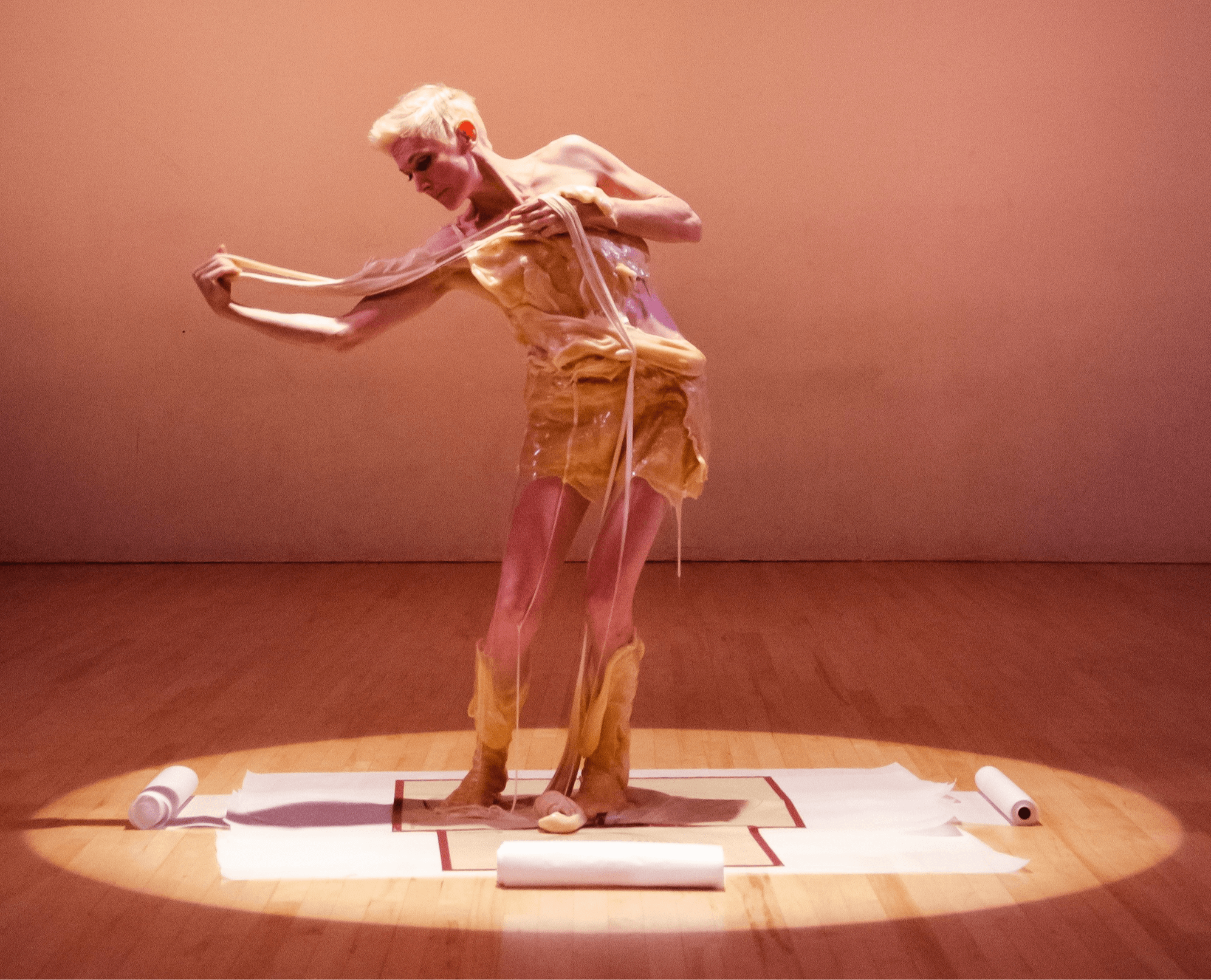We recently connected with Rachel Cohen and have shared our conversation below.
Rachel, appreciate you joining us today. Learning the craft is often a unique journey from every creative – we’d love to hear about your journey and if knowing what you know now, you would have done anything differently to speed up the learning process.
My mother told me that when she was pregnant with me, she kept taking dance class until she was so big that other people got nervous…so, I started dancing from a pretty early age. I followed my older siblings into dance class and a little bit of theater, though I was pretty haphazard about training. I watched old musicals, Fred Astaire and Gene Kelly and Cyd Charisse and Eleanor Powell, read Dance Magazine, talked about dance, choreographed solos in my bedroom, and badly thought I wanted to be a dancer. I was definitely more talk than action – obstacle number one was my own interest in doing other things as well as dancing – socializing, napping, eating, traveling, living a “normal” life. I’ll shout out to my teachers who put up with me: Patricia Cross, Joanne Conroy, Olga Baigas. if I were doing it over I’d tell myself to work a little harder, be more dedicated.
That said, I don’t think I would still be involved in dance if I’d taken it more seriously early on. For college, I agonized over choosing between a school with a strong dance program, or Harvard, which didn’t have one at all for credit. I ended up at Harvard, where the extracurricular dance and choreography teacher who became my mentor probably shaped the rest of my life. Claire Mallardi was a force of nature whose superpower was helping each student chisel out what they wanted to say in their work, rather than telling us what she thought would make it better. She introduced us to the greats in a number of creative forms – Martha Graham, Buster Keaton, Samuel Beckett, Pearl Primus, Charles Mingus, Picasso. She was interested in nurturing what we had to say, and our imaginations, rather than training us to beautifully say things that were already being said, and said better. At a dance-focused school I think I would quickly have been discouraged, and probably bored.
The skill I have found to be most essential is to be able to take what a teacher (of any sort) is offering and make it your own. My biggest obstacle has always been thinking that there is a right answer, a right way to do things. And that set me up to fail, because I’ve never been good at doing it “right”. Once I started to realize that doing it “wrong” was more interesting, I could use the skills I was learning in service of my own abilities and ideas.
Another skill, or maybe just good fortune, has been to surround myself with teachers and colleagues who are passionate and curious about art and the world. Claire, Mary Anthony, Ruth Zaporah, Carolyn Lord – they all were/are deeply interested in what they do, and in discovering more, and that is contagious.
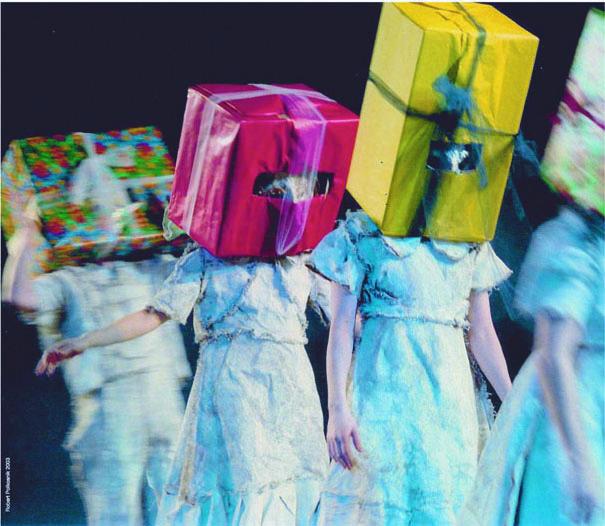

Awesome – so before we get into the rest of our questions, can you briefly introduce yourself to our readers.
I call myself a performer and choreographer although I’ve never really found a satisfactory way to describe what I do. I’m not good at finishing my sentences, and I think it’s partly because there are a lot of different things to say, and narrowing it down to one can be limiting and frankly seems a little misleading! But here goes:
I’ve been making and performing interdisciplinary work in New York City for 30 years. Since designing my own concentration, “Performance as Communication”, while at Harvard University, my odd path has brought me into the orbits of several of NYC’s seminal creative communities: Mary Anthony Dance Theater, Galapagos Art Space, Cave, Norte Maar, The Construction Company, ChaShaMa.
I founded my performance company, Racoco Productions, in 2003. In 2006 I was introduced to Ruth Zaporah’s Action Theater improvisation technique and then studied with Ruth until her death this year. I became a certified teacher in 2018. I’m also currently the director of Synchronized Performances at Brooklyn’s WAH (Williamsburg Art & Historical) Center.
In some ways I was never not in my discipline. My dad is an archaeologist and my mom was an artist/dancer. My life and my work have combined aspects of both. I love artifacts, old and new, and their stories; I love movement, expression without words, metaphor, composition and form. While I started out with the intention of becoming a dancer, in life we are surrounded by objects that are integral to our experience and identities, and I thought my dancing should reflect that. So gradually my work became less recognizably “dance”, morphing into something a little harder to define. But I’ll try.
I craft and produce interdisciplinary performances that fuse raw materials with absurdist visuals, quixotic choreography, and eclectic music, often in collaboration with other performers, visual artists, composers, and musicians. The almost terrarium-like worlds I build evoke texture, memory, and atmosphere, blurring the boundaries between the body and the object while telling relatable, usually humorous, stories. Projects have explored pinatas, dough, taffy, chewing gum, clay, paper, air dancers, wood, metal, and toys, among other textures and objects. (One thing I’m proud of is that, in spite of some of the outlandish things I ask them to do, so many of my collaborators come back to work with me again! )
I’ve developed projects for diverse audiences and environments, including theaters, parks, storefronts, psychiatric centers, galleries, schools, and video, for people steeped in the arts and people who aren’t. My favorite audience response is “I’ve never seen anything like that.” Someone pointed out to me that that isn’t necessarily meant as a compliment, but I take it as one. If something I’ve created allows someone to experience something new, or question something, or think about things a little differently, even for a few minutes, I consider that a win.
Now, I’m incubating a new artistic practice/service that has been percolating for a long time, one that harnesses my unusual skill set as an empathetic object whisperer, takes it outside of a theatrical context, and connects my art more intimately into people’s everyday lives. It’s somewhat scary new territory as there’s a vulnerability to taking away the fourth wall and interacting directly with an audience (and I usually hate audience interaction, from either side of the wall!). After my mother died I started creating short performances and videos with some of her things, to help me let go of stuff I just didn’t have space for, physically in my apartment or emotionally in my head. It occurred to me that I am not alone in needing help with this process. So I’m taking what I’ve learned from my personal practice to facilitate others in saying goodbye to their own meaningful things. The plan is just taking shape but I’m excited about it – and anyone who is interested in seeing where it goes, or in participating, should get in touch!
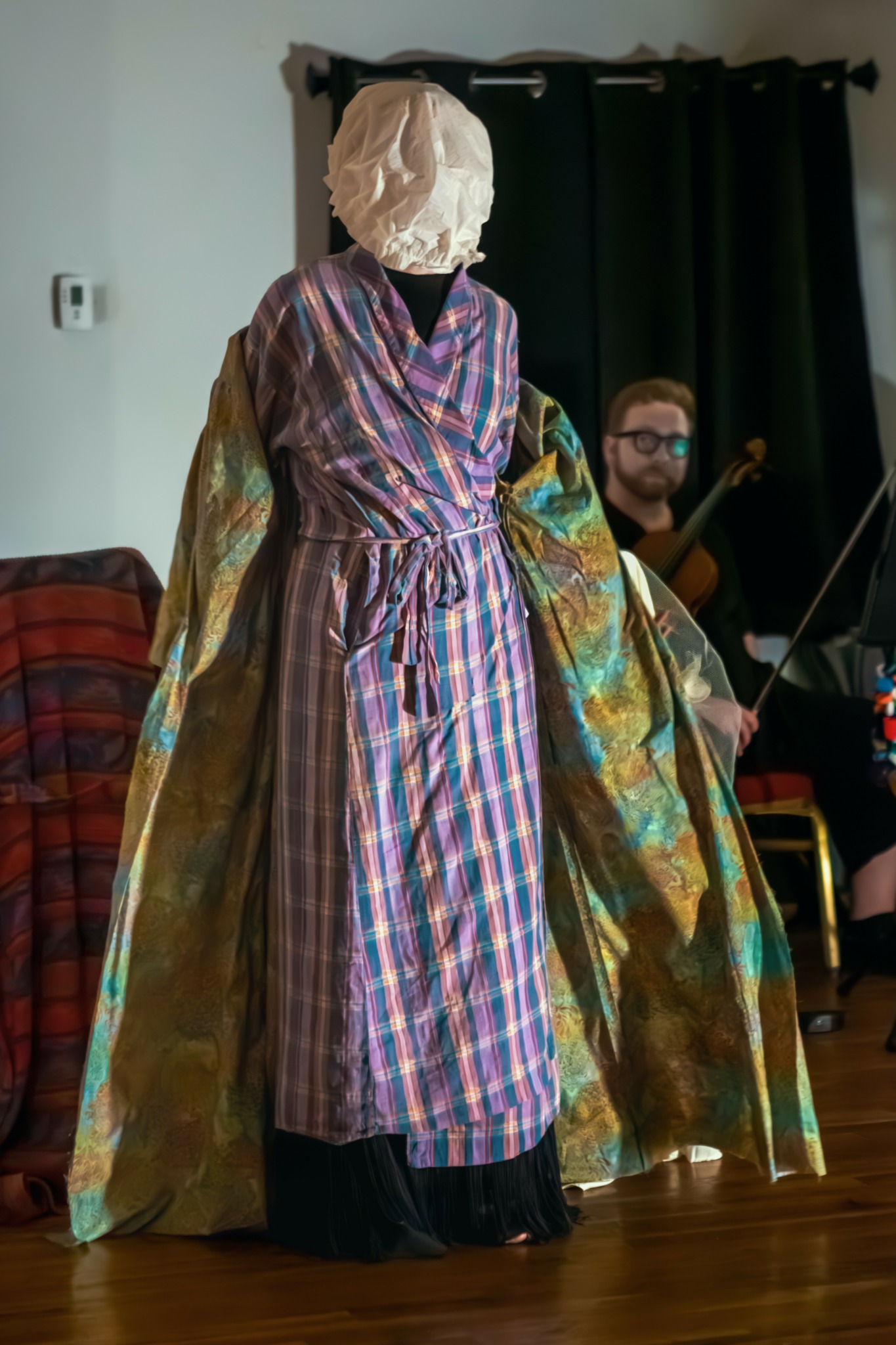
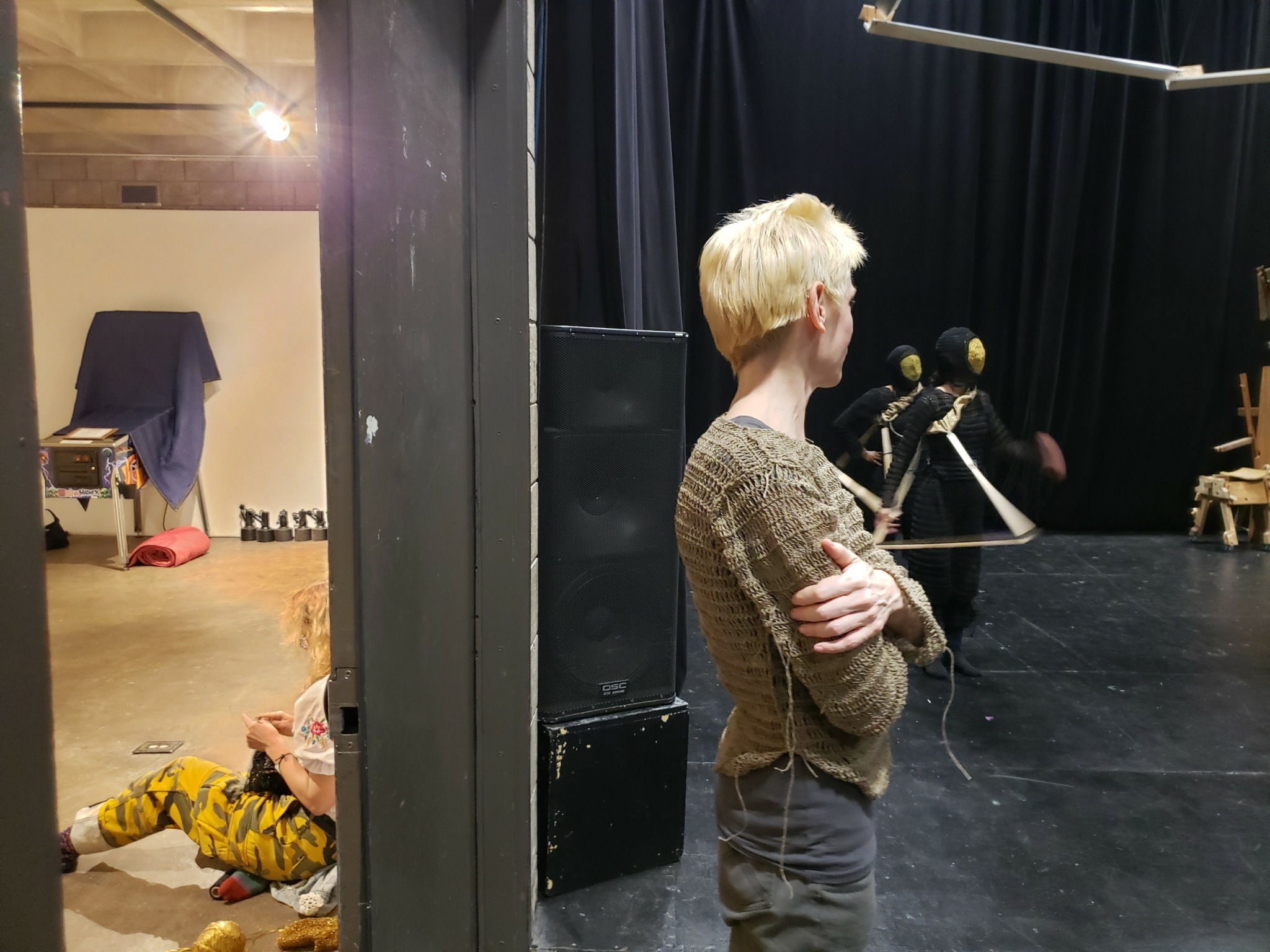
Is there a particular goal or mission driving your creative journey?
I am always thinking about what makes something “good” art, and how that judgment affects how artists and non-artists people relate to art. How many of those criteria are sort of genetically programmed, and how many are simply learned? Can art be taken seriously when it falls outside of those criteria? For example, if it is imperfect, gentle, kind, messy, unfinished, raw, amateur, soft, tentative, unassertive, empathetic, confusing?
As an artist I’ve always been interested in sharing the vulnerability, risk, failure, and triumphs of creation, with my collaborators and with audiences, through process and iteration. I’m also interested in challenging the potentially deceptive comfort of clarity, instead reflecting the messiness and uncertainty that accompanies existing. I suppose my goal is to encourage the idea that maybe we can let go of having a goal, and instead remain curious and compassionate as we flounder in the weeds. Maybe that can make art more generally approachable, without being dumbed down, and more reflective of our everyday lives–showing that those aspects of our experience are also valid, and can be beautiful. And maybe that softens us to be more empathetic towards our selves and others.
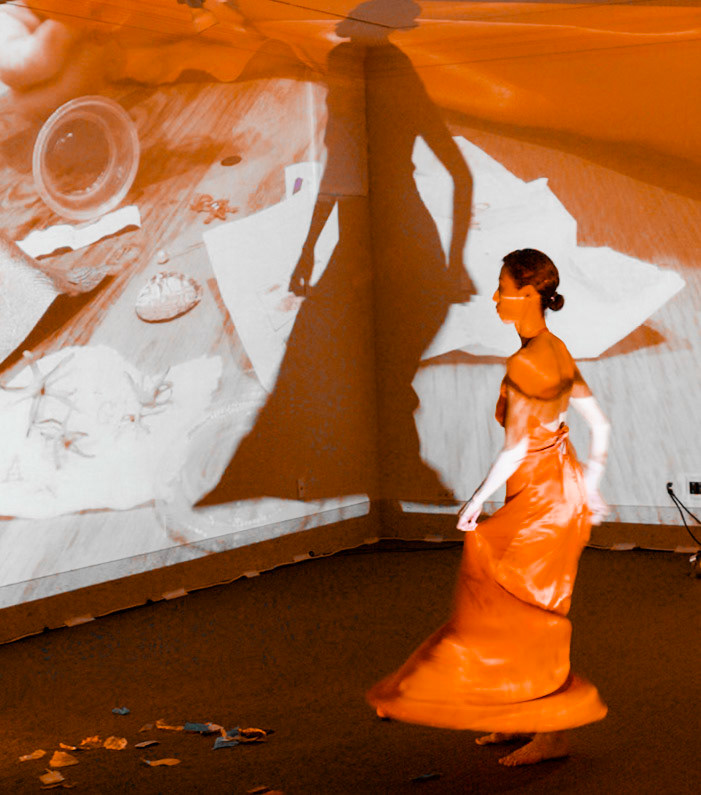
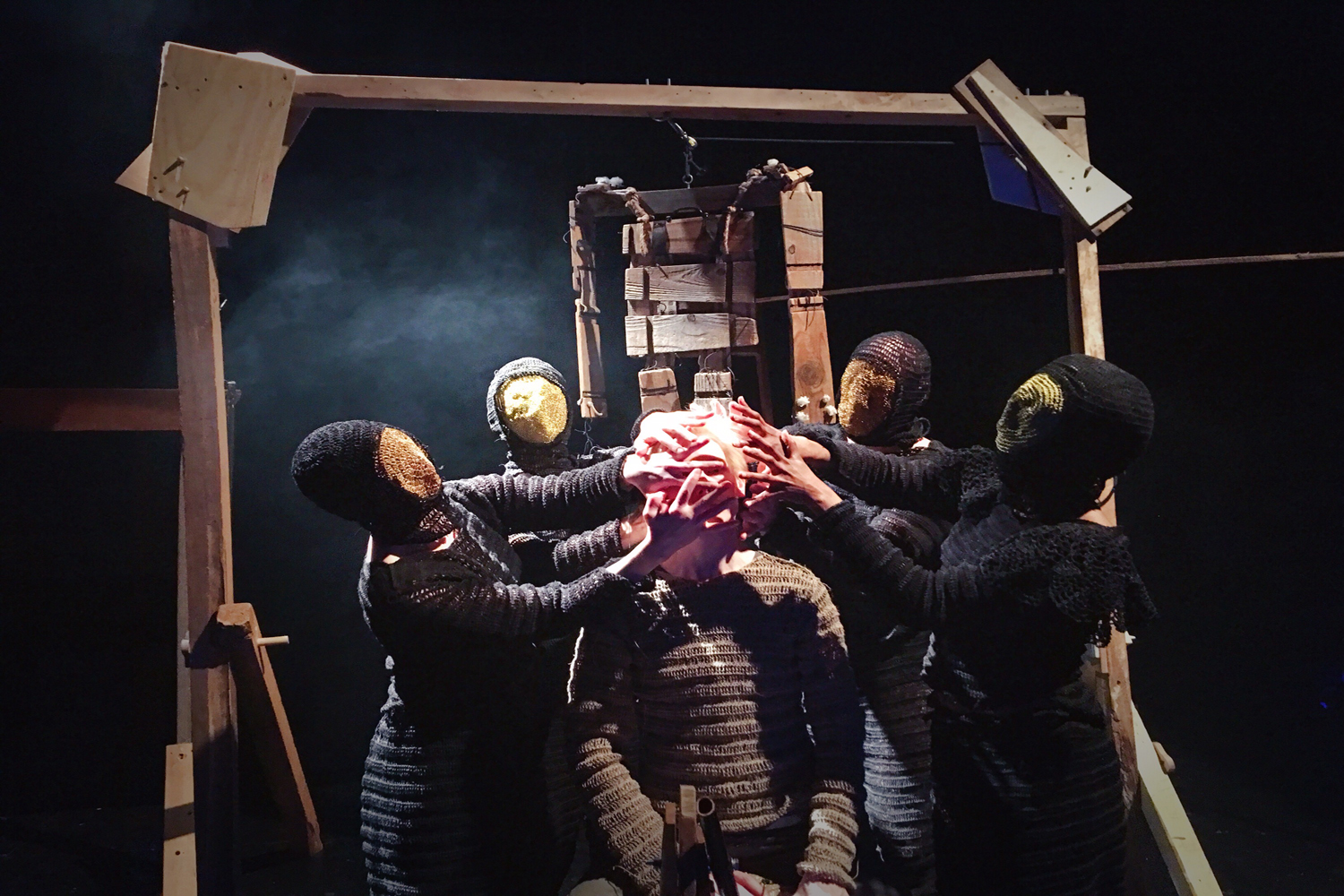
In your view, what can society to do to best support artists, creatives and a thriving creative ecosystem?
An important step is to make art an integral part of every child’s education, so that they don’t grow up seeing it as an extracurricular activity, but rather an essential part of being a human and a member of society. Art classes, music, theater, recess….anything that promotes creative thinking and expression is always the first thing to be cut. And if they are not cut, there is little effort to connect those activities coherently to other subjects, or make them relevant to a student’s daily life. Of course, to convince school administrations, governments, and voters that arts are important might require a demonstration of how the arts lead to creative thinking and skills that can in turn lead to efficiency, progress, and profit–“tangible” benefits that might convince those in power who dismiss the arts that they have value. At the same time, the arts serve a valuable purpose as a counterculture, the court jester who points out when the emperor has no clothes. Maybe being well-supported by society would inhibit some of that expression.
Contact Info:
- Website: https://www.racoco.org
- Instagram: @racocotogo @racocosolo
- Facebook: https://www.facebook.com/racocoproductions
- Youtube: https://www.youtube.com/racocoproductions
- Other: https://vimeo.com/channels/racoconyc
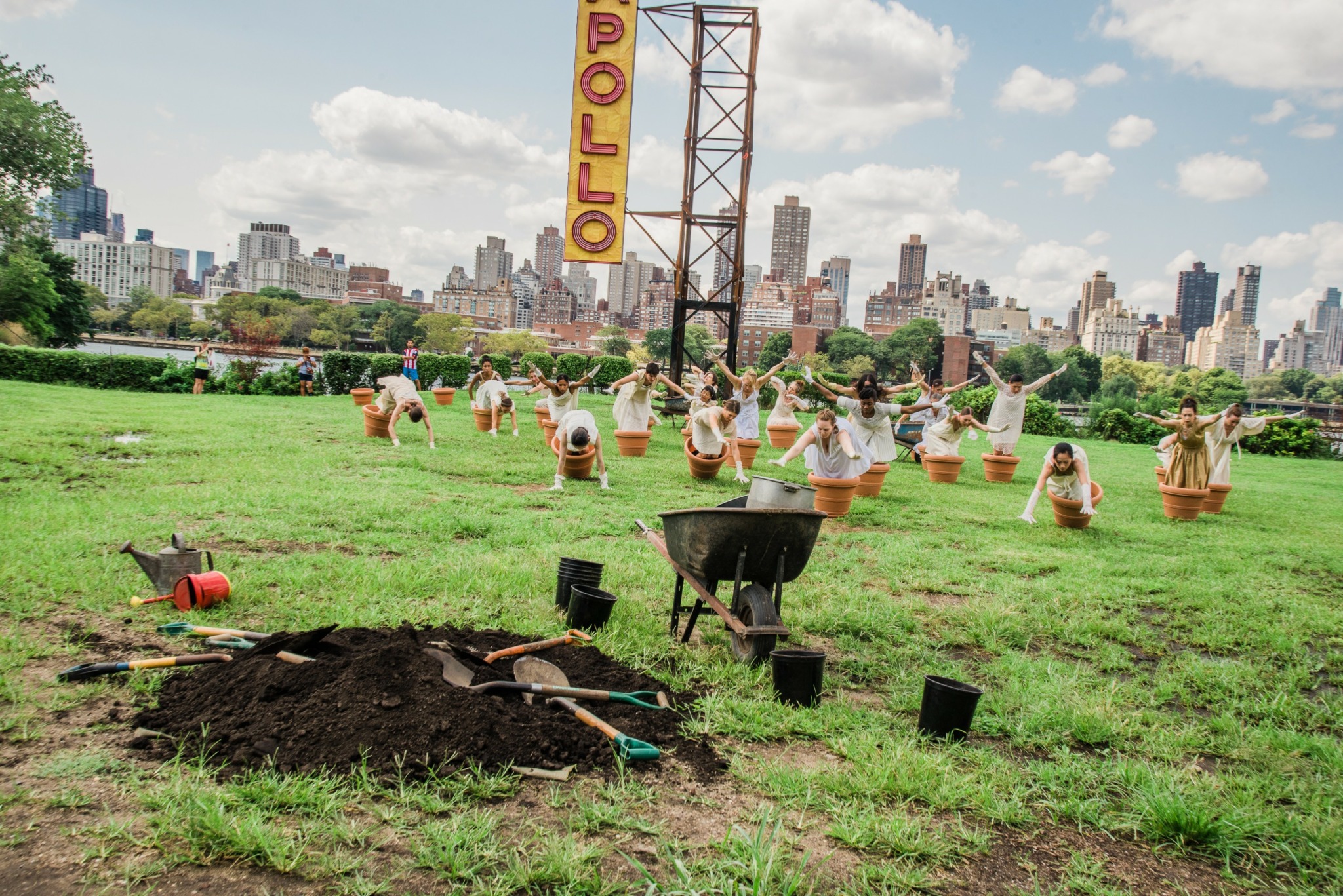

Image Credits
Karen Robbins
Robert Polkosnik
Karen de Luna
Andreas Troeger
Lynn Wright
Andrew and Stephanie Lienhard
Olek
Reiko Yanagi


